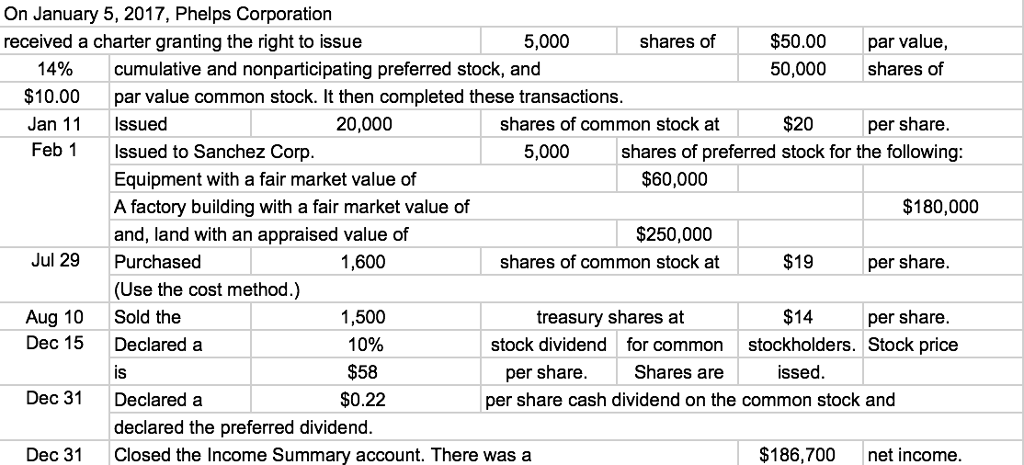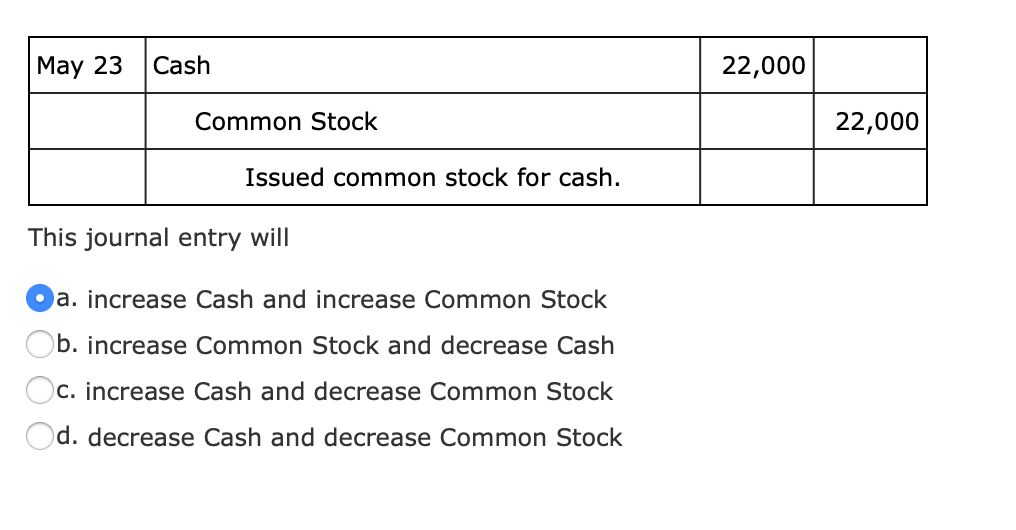
And we’ll look at this very thing in the examples coming up below. At its most basic, common stock is a financial instrument representing a share of ownership in a company. You will hear the words “stock market” and “share market” used interchangeably. This journal entry will reduce the balance of the retained earnings by the different amount of market value and the par value of the common stock.
Journal Entries for the Issuance of Common Shares
The “sacrifice” made by the Maine Company to acquire this land is $120,000 ($12 per share × 10,000 shares). Those shares could have been sold on the stock exchange to raise that much money. Instead, Maine issues them directly in exchange for the land and records the transaction as follows.
Typical Corporate Ownership Structure
- But no one shareholder allowed an allocation of more than one bundle.
- However, in this example, ABC and Kevin agree on a price of $18 per share (Kevin was well pleased).
- However, instead of paying cash, we give the 1,000 shares of common stock to the attorney in exchange for the service instead.
- However, the legal capital of the DeWitt Corporation is $200,000.
For example, Kellogg discloses a par value of $0.25 for its common stock, which is actually quite high. Many companies report par values that fall between a penny and a nickel. The balance sheet for Barnes & Noble shows a par value for its common stock of one-tenth of a penny.
What are the journal entries for the Issuance of Common Stock?
On top of that, the accounting for the issuance of common stock differs from other sources. This accounting treatment also differentiates this finance source on the balance sheet. Before understanding the accounting for the allotment of common stock, it is crucial to know what it is.

A comparative review of the preceding tables reveals a broad range of potential attributes. Every company has different financing and tax considerations and will tailor its package of features to match those issues. On the other hand, some preferred will behave more like common stock (noncallable, noncumulative, convertible). The number of shares outstanding always equal to or less than the number of shares issued. The share issued is equal to or less than the number of authorized shares.
This par value represents the share’s value in the company’s articles. When a company gets incorporated, it must decide this par value. However, this value does not represent the finance that understanding your paycheck withholdings the company receives for underlying shares. The company needs to record the assets value, common stock, and additional paid-in capital, which is the same as the stock issue for cash.
In the case of an oversubscription, the prospectus stated that the share bundles would be allocated on a first-come-first-serve basis. But no one shareholder allowed an allocation of more than one bundle. So we now have to prepare two journal entries – which we’ll combine into one.
The company charges $150 per share for this issuance, making the overall finance received $150,000. However, the par value of those shares is $100, making the total par value of those shares $100,000. Therefore, the journal entries for this process will be as follows.
In exchange for these instruments, the company issues shares, which provide the holder with several rights. The latter source of finance comes from third parties, such as banks and other financial institutions. The total amount of stock currently in the hands of the public is referred to as the shares “outstanding.” Shares are sometimes bought back from stockholders and recorded as treasury stock. Thus, originally issued shares are not always still outstanding. According to the information provided, Kellogg has acquired nearly thirty-seven million treasury shares.
In each country, there are different laws and regulations that govern how shares can be traded and owned. There are different requirements for shares exchanged privately compared to when shares are traded publicly on exchanges, like the New York Stock Exchange or the London Stock Exchange. PwC refers to the US member firm or one of its subsidiaries or affiliates, and may sometimes refer to the PwC network. This content is for general information purposes only, and should not be used as a substitute for consultation with professional advisors.






